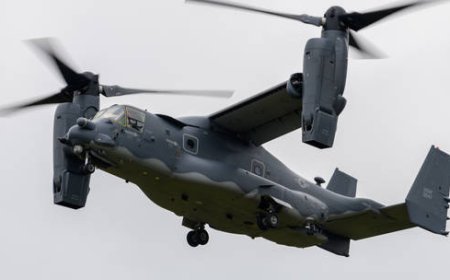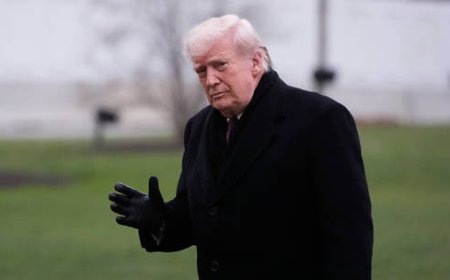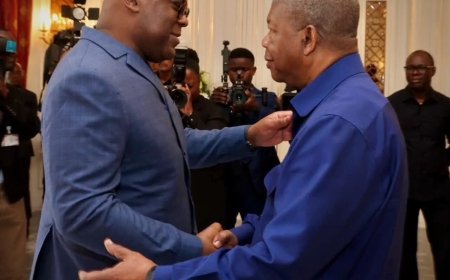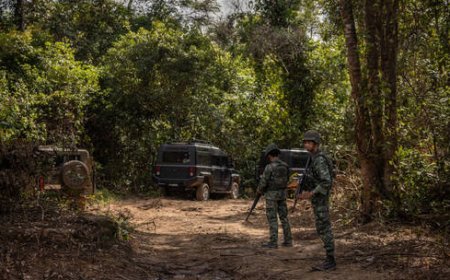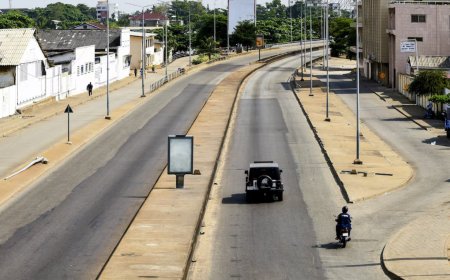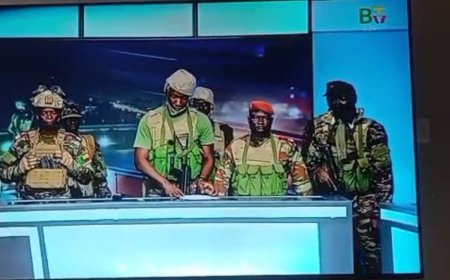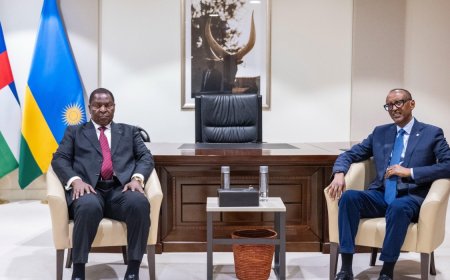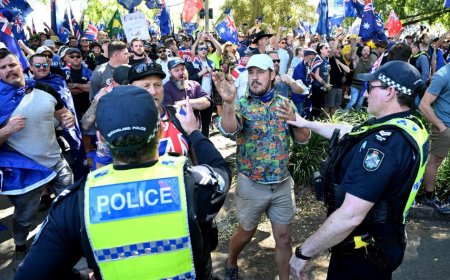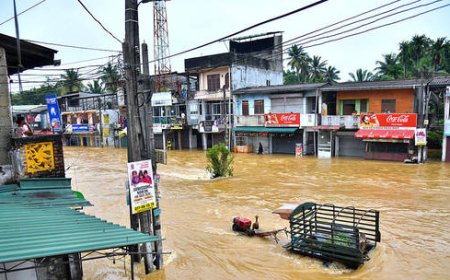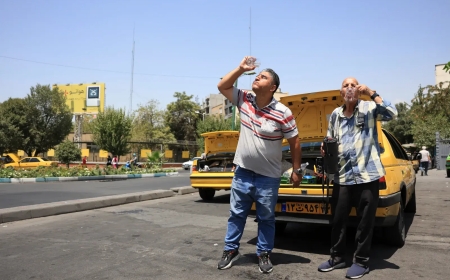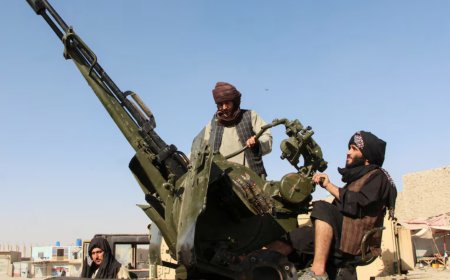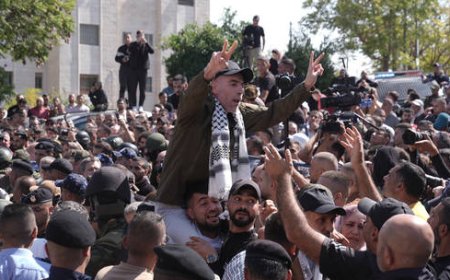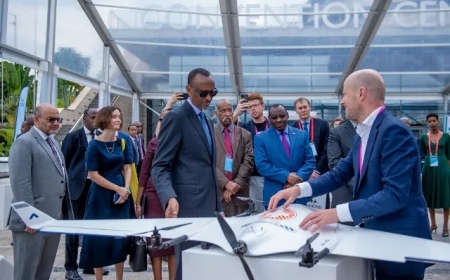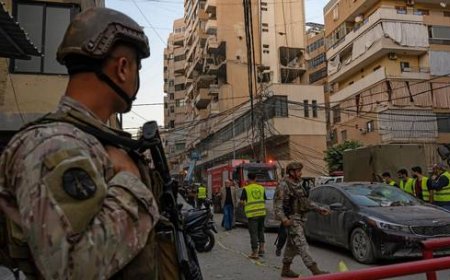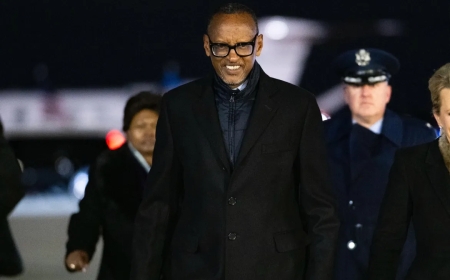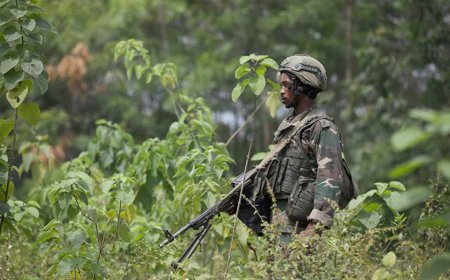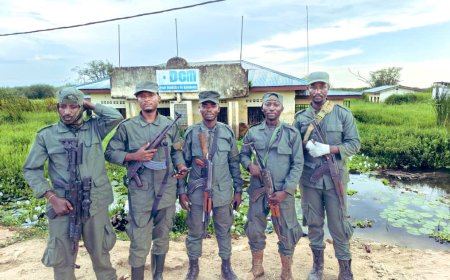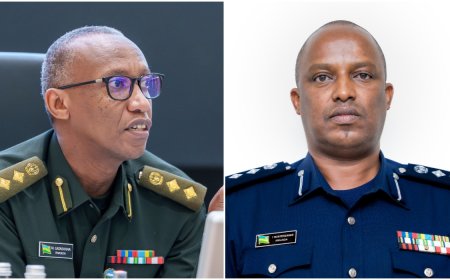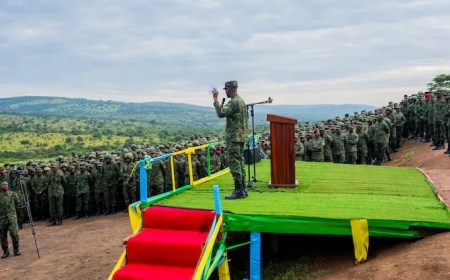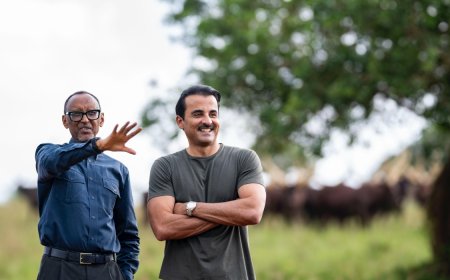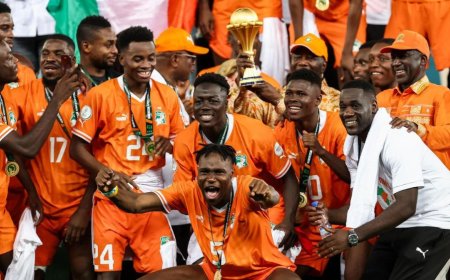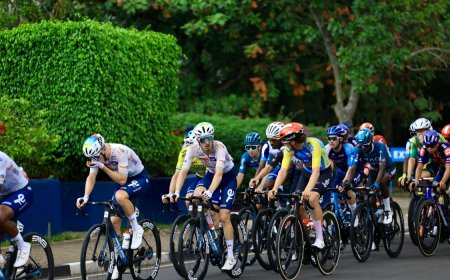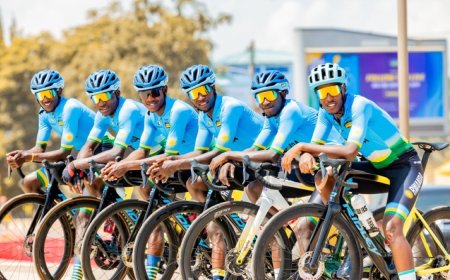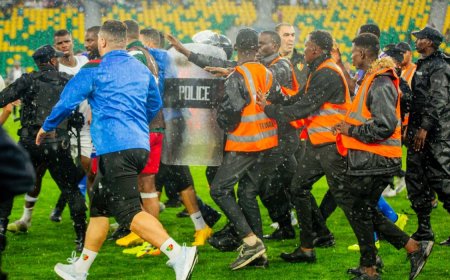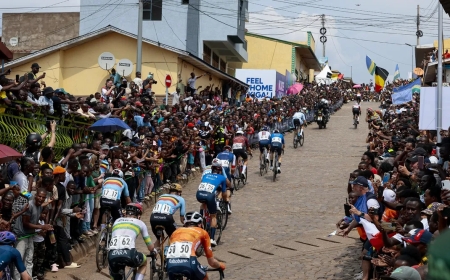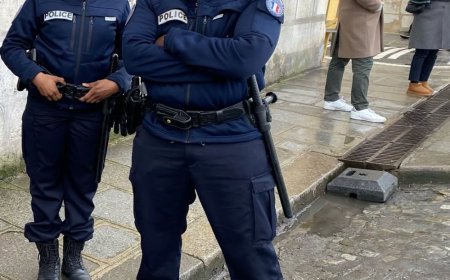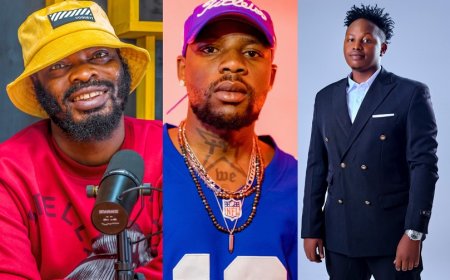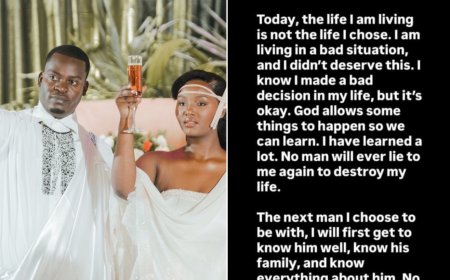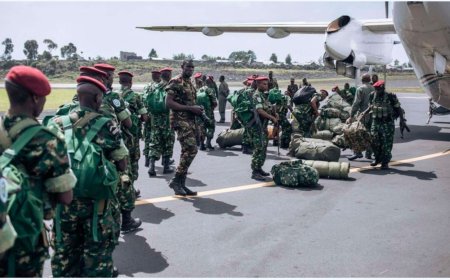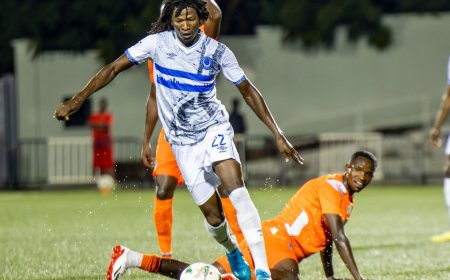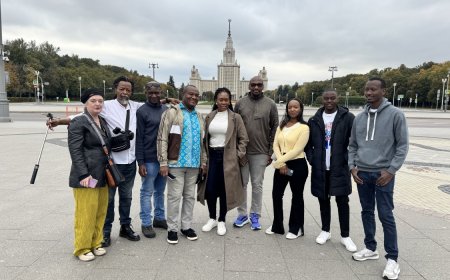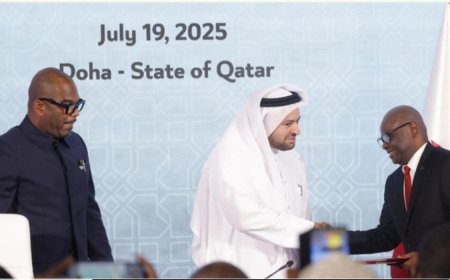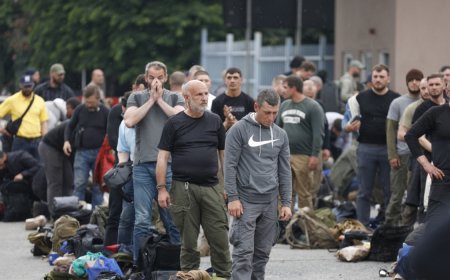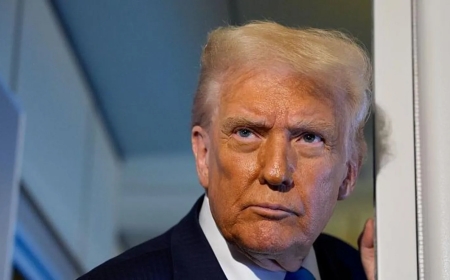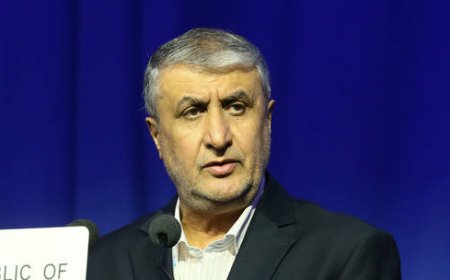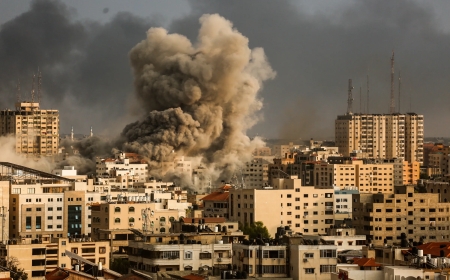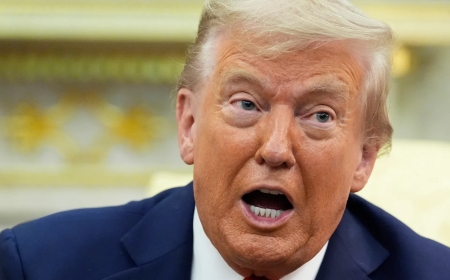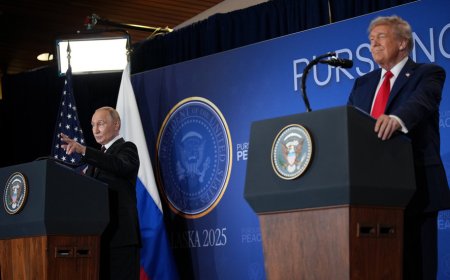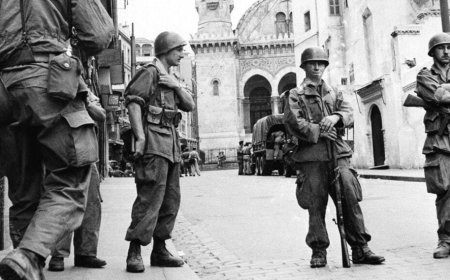Deconstructing the so-called recycling of FDLR
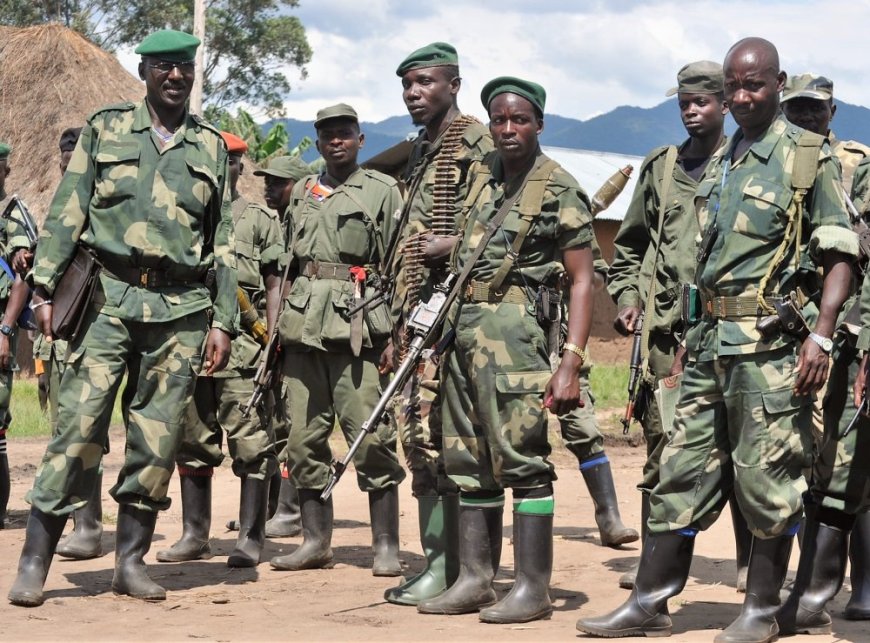
The Rwandan genocidal militia known as FDLR that is operating in DR Congo remains a major contentious issue in the conflict between Kinshasa and Kigali. Congolese authorities allege that this genocidal militia group which was formed by remnants of the masterminds of the 1994 Genocide against the Tutsi in Rwanda serves as a pretext for Kigali's intervention in their country and that Rwanda has been recycling former members of the militia group and deploying them back to DR Congo.
Rwanda has denied these allegations and argued that the genocidal militia remains a serious security threat to the Great Lakes region.
I argue, in this article, firstly, that the security dynamics relating to FDLR in DR Congo are complex and not well understood. Consequently, conveying the complexity of its metamorphosis and alliances has remained difficult. I present here evidence based on a consideration of geo-ethnopolitics in the Great Lakes Region. Secondly, the article argues that FDLR fighters possess extensive and multiple local networks and resources that resupply and encourage their activities. Thirdly, the militia has become an ideology mainstreamed in DR Congo's political, cultural, and security systems.
The FDLR concept
As consequence of the 1994 Genocide against the Tutsi, more than two million Rwandan refugees fled to eastern DR Congo. These refugees included hundreds of thousands of the remnants of Rwanda's defeated genocidal regime’s army (FAR) and the related militias such as Interahamwe. The latter committed what is described as the most brutal and fastest human murders in human history.
FDLR now tends to recruit members from local armed groups within DR Congo and from the Rwandan refugees assimilated into Congolese communities in the vast country’s eastern region. They use refugees and Congolese civilians as human shields, and refugee camps as sanctuaries and recruiting bases.
As an ideological mission, FDLR aims to remove the current Rwandan government led by the Rwanda Patriotic Front (RPF), 'bring back the ethnic supremacist-Hutu and mainstream the anti-Tutsi genocide ideology in the region with the aim to create what they see as a “Hutu land”. Many commentators and witnesses have claimed that FDLR has been responsible for committing gross human rights violations involving the targeting of women and children in its armed attacks, including extreme forms of killing to inflict pain and suffering on their victims. Many objective reports have said that the group has been responsible for sexual violence and forced displacements. Regionally, in 2015, it was accused of training the youth wing of neighbouring Burundi's ruling party, the National Council for the Defence of Democracy (CNDD-FDD), Imbonerakure, which raised fears of an intention to commit another genocide, leading thousands of Burundians to flee to neighbouring countries.
The FDLR is functioned as a catch-all group operating in DR Congo aiming to change the government in Rwanda or to kill and destroy all the Tutsi in the region. Beyond being a group of individuals, or network, FDLR offers a framework of beliefs, principles, and objectives that anti-Tutsi and anti-Rwanda political actors use to justify their hate speech actions and mobilise others.
The significance of FDLR recruitment bases
Within the massive influx of Rwandan refugees that fled to neighboring Zaire (now DR Congo), in 1994, what is often known and debated is the estimated one million of them who settled in Mugunga and Kibumba camps around Goma, in North Kivu Province. These two camps became the focus of international reporters, Western countries, the Congolese government, and the United Nations. However, little is known about other camps that hosted hundreds of thousands of people. These refugees were diverse in their social status and profession. The first category was of the wealthy and middle class. Many of these travelled to other African countries such as Zambia and Cameroun. The second group consisted of the military, estimated at 35,000, and members of the Interahamwe militia group, estimated at between 80,000 and 100,000 people. Most of these fighters remained in North and South Kivu provinces and received overwhelming support, initially from France, and later formed partnerships with local armed groups and the national army.
Most of them were hosted in the following refugee camps: Katale, Kahindo, Kibumba, Mugunga, Lac vert (Nord Kivu), Kasha, Kalehe, INERA1, INERA2, Birava, Ijwi, Kashusha, Nyantende, Nyangezi, Chimanga, Kamanyola, Lubarika, Kanganiro, Luvungi, Sange, Kajembo, Kibogoye, Rwenena, Kiliba, Kanvivira, Munanira, Biriba and Kagunga. The fighters in these camps teamed up with heavily armed militant soldiers and militias whose incursions constantly involved neighboring countries causing further instability to an already fragile eastern region. In the lawlessness that ensued other refugees were used as human shields.
When these camps ceased to exist approximately one million of these refugees returned home to Rwanda. Another over half a million people stayed and assimilated into the Congolese population without many challenges, as the sociological contexts in North and South Kivu are not distant from those of Rwanda.
New localities such as Tongo and Kisheshe became mostly populated by some of these Rwandan refugees and continued to supply FDLR fighters. Others, about half a million, headed in three directions. Those on the axis Lubutu to Bumba via Kisangani found refuge in Bumba (North Ubangi) and Lukolela in Mongala, the former province of Equator. Among these groups, some crossed the border to Congo-Brazzaville. In the axis Lubutu to Buta via Kisangani, refugees found a less hospitable social environment. However, they were able to assimilate into the region. The axis Bukavu to Mwenga split between Luwindja, and in the forest of Itombwe and Tubimbi localities. Only few months ago, about 4,000 appeared in Rurambo in the territory of Uvira.
DRC as a hospitable environment for FDLR
Between 1990 and 1994, during the RPF’s liberation war campaigns in Rwanda, civil society in eastern DR Congo was generally supportive of the regime of Juvenal Habyarimana, the man largely seen as responsible for the genocide in Rwanda.
Habyarimana's party, the National Revolutionary Movement for Development (MRND), established itself in Zaire, mainly in North Kivu, where it found fertile ground for ideological expansion. The same propaganda and anti-Tutsi sentiments promoted by MRND had penetrated Congolese society before 1994. Therefore, the ideology promoted by FDLR had already garnered significant support from Congolese political leaders before 1994. Populist political actors from North and South Kivu had assimilated a narrative which later became deeply embedded in the Congolese collective imagination and has been adopted by the population, civil society, and even religious leaders.
During what is known as the Sovereign National Conference (CNS), held from 1990 to 1992, presided over by the Catholic Church, the debate centred on the citizenship of the Congolese Tutsi population. Yet, the conference’s aim was to bring together Congolese leaders from all communities to decide on the future of the country. Instead, the conference turned into a public trial against the Tutsi. Two years before the Genocide against the Tutsi in Rwanda, the final decision of these meetings was to forcibly deport all Congolese Tutsi whose ancestors had been in DR Congo for centuries. The conference’s delegates aimed to tarnish the image of the Rwandan Tutsi, in the eyes of the Congolese population. When the RPF captured power in Rwanda, the Congolese government refrained from establishing bilateral political cooperation with Rwanda. At the same time, civil society and most people in eastern DR Congo denied that there was a genocide against the Tutsi in Rwanda. Therefore, during and after 1994, a continuing genocidal narrative sustained the notion that "the Tutsi are a dangerous people".
By 1995 and 1996, the ideology was operational at the head of the state level. The Congolese Tutsi were expelled to Rwanda while Kinshasa was warmly welcoming the Rwandan Hutu refugees. Subsequently, deportations and killings of the Tutsi began. Since then, the Congolese Tutsi have been considered not only as enemies of DR Congo but "infiltrators". Contrary to the grand theory of population replacement, while DR Congo was rejecting its own Congolese Tutsi population, local and international aid agencies provided the right conditions, a hospitable environment and social infrastructure to support the Rwandan refugees. Churches in DR Congo were also actively involved in welcoming and facilitating the Rwandan refugees.
Considering that there was a perception that the RPF was a Tutsi-led political party and that the Rwanda of Hutu president Juvenal Habyarimana was ‘defeated”, there was a generalised sympathy towards the Rwandan refugees (civilians and combatants) in DR Congo’s society. The civil society and government officials ignored the fact that many among the Rwandan refugees had been involved in killing a million people in Rwanda. All the earlier-mentioned refugee camps, except a few in the Ruzizi Plain, were located along the borders between Rwanda, their country of origin, and DR Congo, their host country. These locations provided them with easy access to target infiltration areas, allowing them to operate with guaranteed freedom and impunity. Ironically, it was the United Nations High Commissioner for Refugees who was responsible for coordinating the refugees' resettlement.
Ideological collaborations
During the 1994 Genocide, DR Congo (then Zaire) provided overwhelming political, diplomatic and military support to the Rwandan genocidal regime. In 1990, Zairian forces (FAZ) intervened in Rwanda against the Rwandan Patriotic Front (RPF). The FAZ troops suffered a significant and humiliating defeat, resorting to looting during their retreat to Zaire. However, later, FAZ successfully allowed Rwandan troops to be stationed in eastern Zaire. Mobutu's regime continued to multiply diplomatic campaigns to support Habyarimana's regime against the RPF.
In 1994, the former president of DR Congo (then known as Zaire), Mobutu Sese Seko, suddenly realized that the West was becoming politically marginalised by his former sponsors. He was no longer needed following the end of the Cold War. The Rwandan refugees' humanitarian catastrophe in eastern DR Congo became a political tool for Mobutu to regain his reintegration into the international diplomatic community. Mobutu considered to either restart a war with RPF or seek a coalition with the French army to use the armed Rwandan refugees to attack Rwanda.
Mobutu then started collaborating with General Augustin Bizimungu, the former Chief of Staff of Rwanda’s defeated genocidal regime’s army. He had had at least 35,000 armed men on Zairian territory. Mobutu considered three strategies: firstly, to provide military support to Bizimungu and his 35,000 men so as to attack the new RPF government in Kigali. For Mobutu, this strategy would win him sympathy from France and eventually other members of the international community.
Bizimungu would not only have a vital base (a fall-back zone in case of reconquest failure), but other infrastructures would also be placed at his disposal.
A second option for Mobutu was to forcibly deport the Congolese Tutsi and create a reverse humanitarian crisis that may mobilize internal political support and ease the American pressure to begin a democratisation process.
There was a third option on Mobutu’s table. Bizimungu envisaged organizing another genocide in DR Congo that targeted the Congolese Tutsi and to take their land. As result of a combination of these three options, by 1995, an ethnic identity crisis was triggered with a significant involvement of ex-FAR and Interahamwe militias supported by Mobutu’s army. Consequently, thousands of Congolese Tutsi were either forcibly deported or fled to Rwanda. These actions and their consequences became a catalyst for the AFDL war, also known as the First Congo War, which resulted in the ousting of Zaire's long-time dictator, Mobutu.
During the AFDL conflict, both the former FAR soldiers and Interahamwe militias became actively involved in collaborating with the Congolese national army. This pattern of military alliances continued during the Second Congo War in 1998 and throughout other regimes, with significant integration of FDLR in the national army. Many members of FDLR changed their names to common Congolese names, such as Kasereka, Paluku, Mulumba, and Mbuyi. Others joined local armed groups. Today, there are many Rwandan officers within the Congolese national army. The Rwandan genocidal militia has established a close relationship involving collaboration with many Congolese armed groups and the Congolese national army (FARDC). As an example, in Kalehe, one of the leading commandants is Colonel Mbangu. During the 1994 Genocide against the Tutsi, Mbangu was a leader of Interahamwe in Nkombo, in Rwanda’s Rusizi District. Today's phenomenon of Wazalendo has roots in FDLR’s genocidal ideology.
FDLR dynamics are complex and must be understood through the militia’s sources of supply and the enabling environments in DR Congo. There are, today, more than half a million former Rwandan refugees assimilated in Congolese society. FDLR fighters from these communities were integrated into Congolese security institutions.
While often weakened, they are still capable of recruiting from the 1994 Rwanda refugees and their offsprings. The FDLR has developed both as an ideology and a group mobilizing around mythical alliances that seek to unite around the idea of the existence of a 'Bantu' race, versus the so-called “Hima” empire or 'Hamitic' people. To understand FDLR, what matters most is not a formal membership but adherence to a set of beliefs, values, or ideas (an ideology) that motivates the actions of members and their allies. In other words, shared ideas and worldviews are more important. A precondition for sustainable peacebuilding in the Great Lakes Region is to eradicate racist and genocidal ideologies, which are at the root of the cycle of violence in the region.
